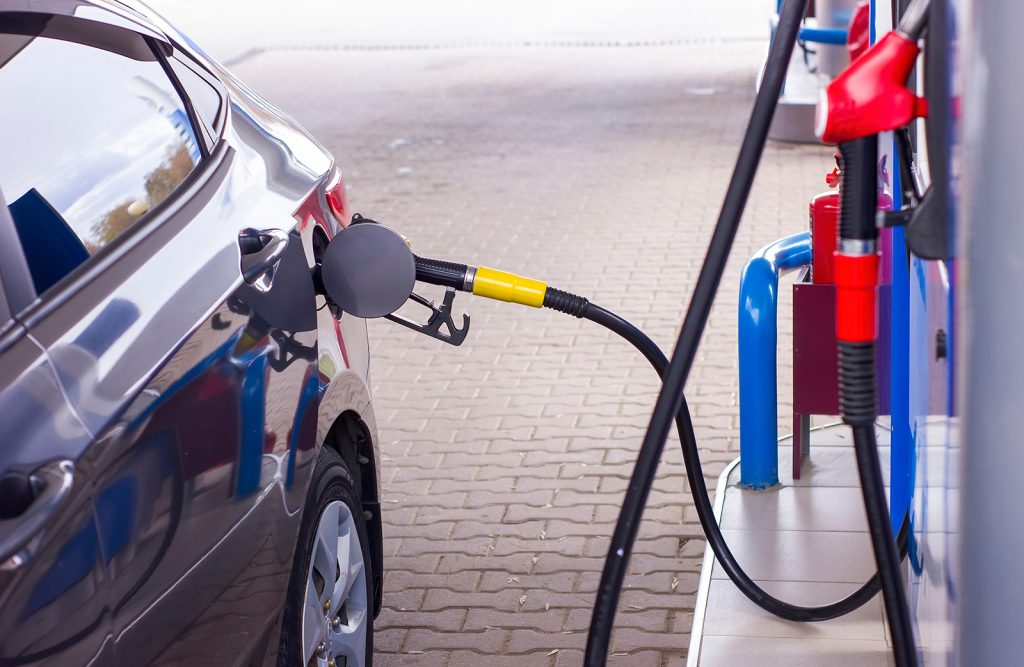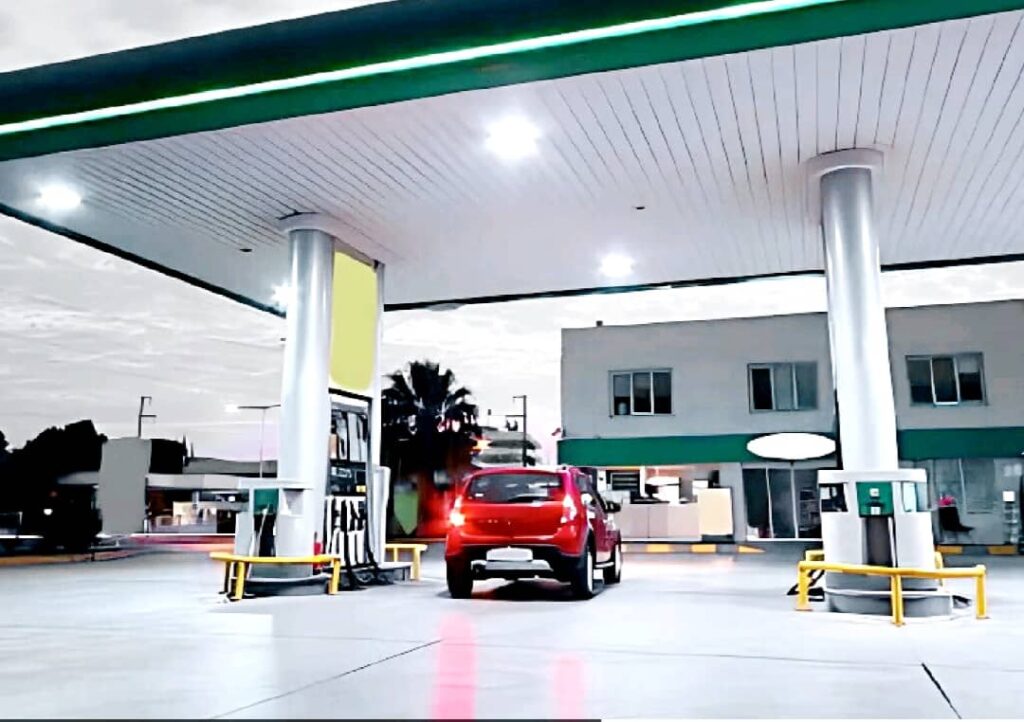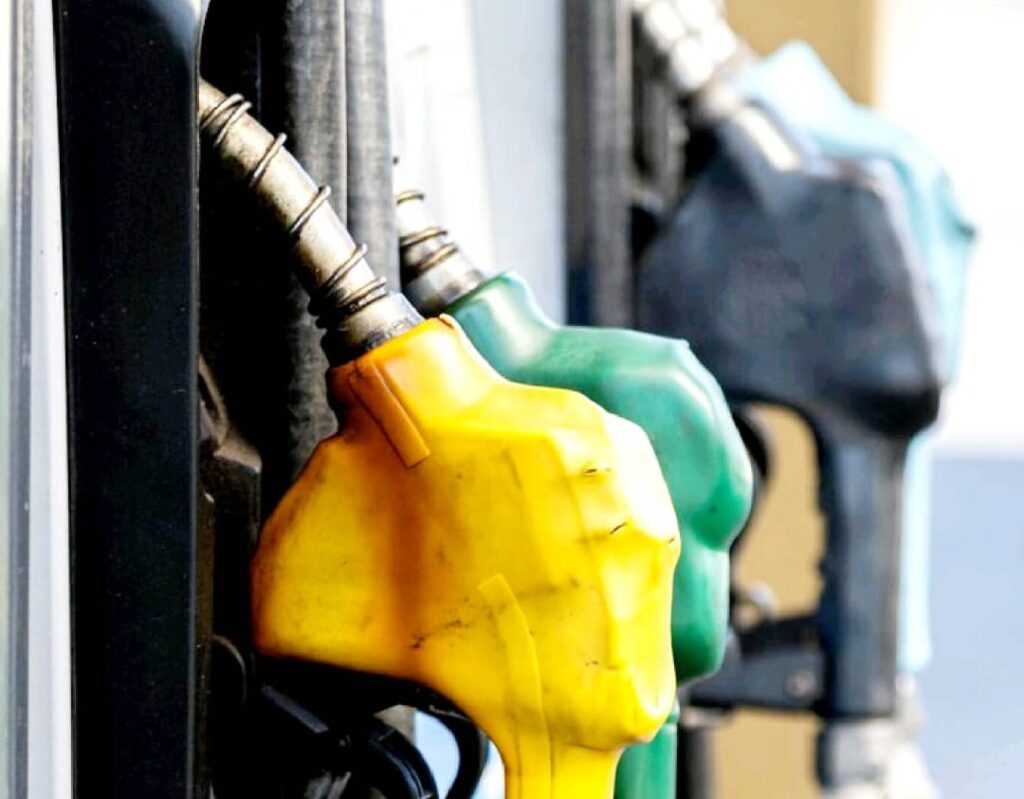Ghana’s petroleum downstream sector witnessed significant growth in the first half of 2025, with strong variations in supply across regions and fuel types.
According to new data released by the Chamber of Oil Marketing Companies (COMAC), total petroleum volumes nationwide increased by 17.65% between January and June, but the pace of expansion was uneven, reflecting both market maturity in some regions and rapid growth in others.
The Analysis of Petroleum Volumes – Mid-Year 2025 Report on Regional Petroleum Supply paints a detailed picture of how fuel distribution is evolving across Ghana, highlighting the economic, industrial, and social dynamics shaping energy use.
Explosive Growth in the North

The Upper East Region emerged as the standout performer, recording an extraordinary 80.23% rise in total petroleum supply.
COMAC attributed this growth to sharp increases in petrol (86.39%) and diesel (68.54%), alongside a 32.37% uptick in LPG usage. Cell Site Gas Oil demand spiked by an astonishing 561.53%, underscoring the growing importance of digital infrastructure in fuel demand.
At the same time, kerosene consumption in Upper East fell by 50%, pointing to a broader shift toward cleaner energy sources.
“Supply volumes almost doubled, rising from 150.1 million litres in 2024 to 270.5 million litres in 2025, representing growth of 80.2%. This made Upper East the fastest-growing region.”
COMAC’s Analysis of Petroleum Volumes – Mid-Year 2025 Report
The Upper West Region also showed impressive growth of 21.72%, led by an 85.93% jump in LPG the strongest nationwide. Petrol consumption rose 24.71%, while diesel supply increased by 12.96%.
“The region grew from 124.3 million litres in 2024 to 151.3 million litres in 2025, an expansion of 21.7%.”
COMAC’s Analysis of Petroleum Volumes – Mid-Year 2025 Report
Here too, kerosene stagnated, suggesting that cleaner fuel adoption is accelerating across the northern corridor.
Ashanti Reinforces Its Hub Status

The Ashanti Region, Ghana’s commercial and cultural hub, grew by 22.20% in petroleum supply, driven by rising consumption of petrol (18.57%), diesel (7.49%), and LPG (18.28%).
Demand for Cell Site Gas Oil increased by 261.54%, reflecting the region’s expanding digital and communications needs. Kerosene use fell modestly by 12.5%.
“Supply volumes increased significantly from 469.5 million litres in 2024 to 573.7 million litres in 2025, a rise of 22.2%.
“This growth reinforced Ashanti’s position as the third-largest consumer region in the country.”
COMAC’s Analysis of Petroleum Volumes – Mid-Year 2025 Report
Western Region, a hotspot for mining and offshore oil operations, grew by 17.87% overall. Petrol demand soared 47.73%, while diesel rose 37.34%. LPG consumption increased by 11.48%, but kerosene use collapsed by 76%.
“Supply increased from 551.4 million litres in 2024 to 650.0 million litres in 2025, marking growth of17.9%.
“Western retained its position as the second-largest supply region after Greater Accra, an important petroleum hub.”
COMAC’s Analysis of Petroleum Volumes – Mid-Year 2025 Report
Notably, Marine Gasoil (Foreign) supply surged by 832.09%, reflecting the region’s critical role as a maritime and offshore hub.
However, Cell Site Gas Oil volumes dropped by 40.54%, indicating uneven demand across industrial sectors.
In the Central region, volumes rose from 181.3 million litres in 2024 to 210.7 million litres in 2025, a growth of 16.2%. “This reflects stable and moderate expansion in the coastal corridor,” COMAC emphasized.
Greater Accra Shows Market Maturity

Greater Accra, Ghana’s largest consumer with over one billion litres supplied in six months, recorded slower growth of 6.94%. Petrol (4.57%) and diesel (3.55%) saw modest gains, while kerosene demand plummeted 41.72%.
In contrast, Fuel Oil supply for power plants skyrocketed by 4,572.7%, underscoring growing reliance on petroleum for industrial electricity generation. Marine Gasoil Local volumes fell 24.52%, highlighting weaker demand in shipping-related activities.
“The largest consumer region grew from 936.3 million litres in 2024 to 1.0 billion litres in 2025, an increase of 6.9%.
“The slower growth reflects market maturity, as demand levels are already the highest in the country.”
COMAC’s Analysis of Petroleum Volumes – Mid-Year 2025 Report
The Volta Region recorded the slowest growth nationwide at 3.37%. Gains in petrol (17.29%) were offset by steep declines in diesel (-4.53%), LPG (-31.09%), and kerosene (-100%). Cell Site Gas Oil volumes increased by 538.79%, though from a relatively low base.
The Northern Region fared better, with overall growth of 9.37%, supported by diesel (12.89%) and petrol (9.82%).
However, LPG consumption plunged by 49.53%, a worrying trend for policymakers aiming to boost LPG adoption in northern Ghana. Cell Site Gas Oil grew by 70.85%, pointing to increased telecommunications activity.
Brong Ahafo also showed strong growth at 19.17%, led by petrol (31.95%) and diesel (32.36%), though LPG dipped by 8.34% and Cell Site Gas Oil fell sharply by 70.52%.
National Implications
COMAC’s mid-year review underscores both the opportunities and challenges in Ghana’s petroleum supply chain.
While the north is showing signs of rapid fuel adoption and industrial expansion, Greater Accra and other mature markets are stabilising. Meanwhile, kerosene consumption is declining nationwide, replaced by LPG and modern fuels.
The report also highlights the impact of industrial and digital growth on fuel demand. From mining-driven diesel consumption in the Western Region to surging Cell Site Gas Oil demand in Ashanti and Upper East, energy consumption is increasingly tied to Ghana’s economic transformation.
With energy at the heart of Ghana’s economic ambitions, regional supply dynamics will remain central to shaping both policy and investment decisions.
READ ALSO: Market Cheers as Ghana’s Treasury Auction Breaks Four-Week Drought with 15.8% Oversubscription























